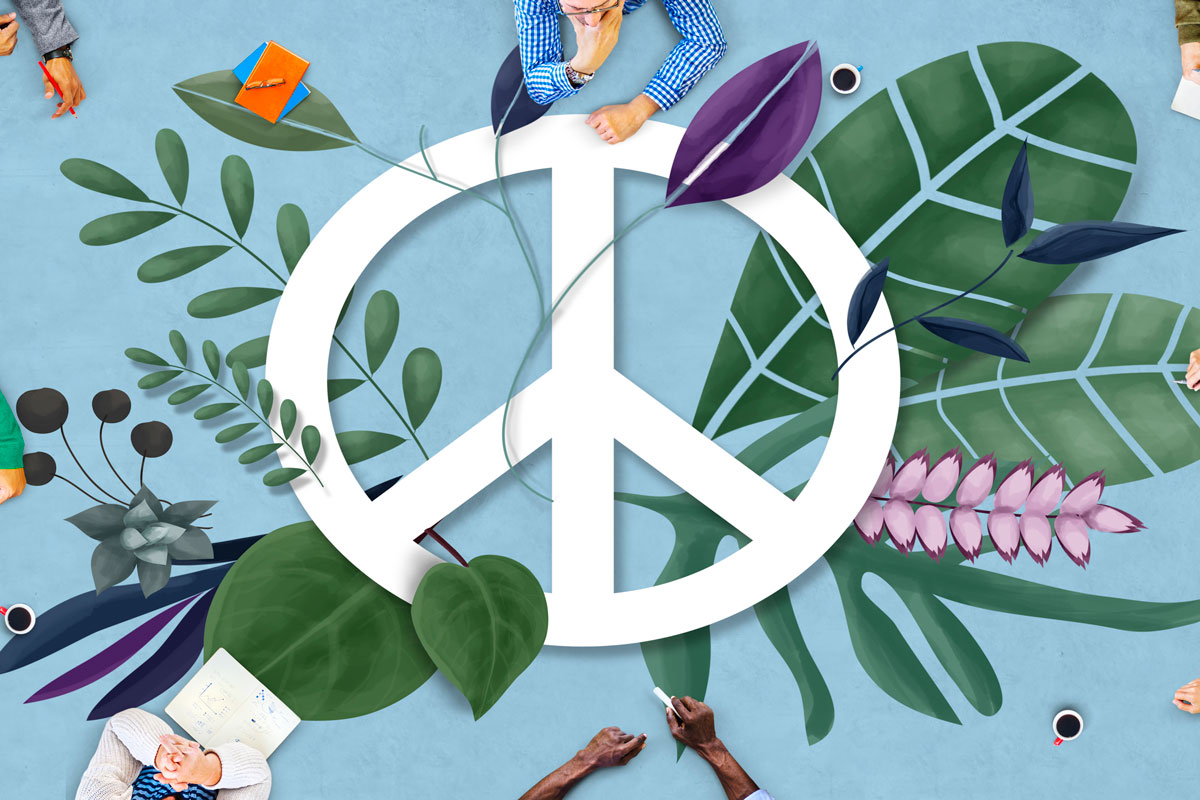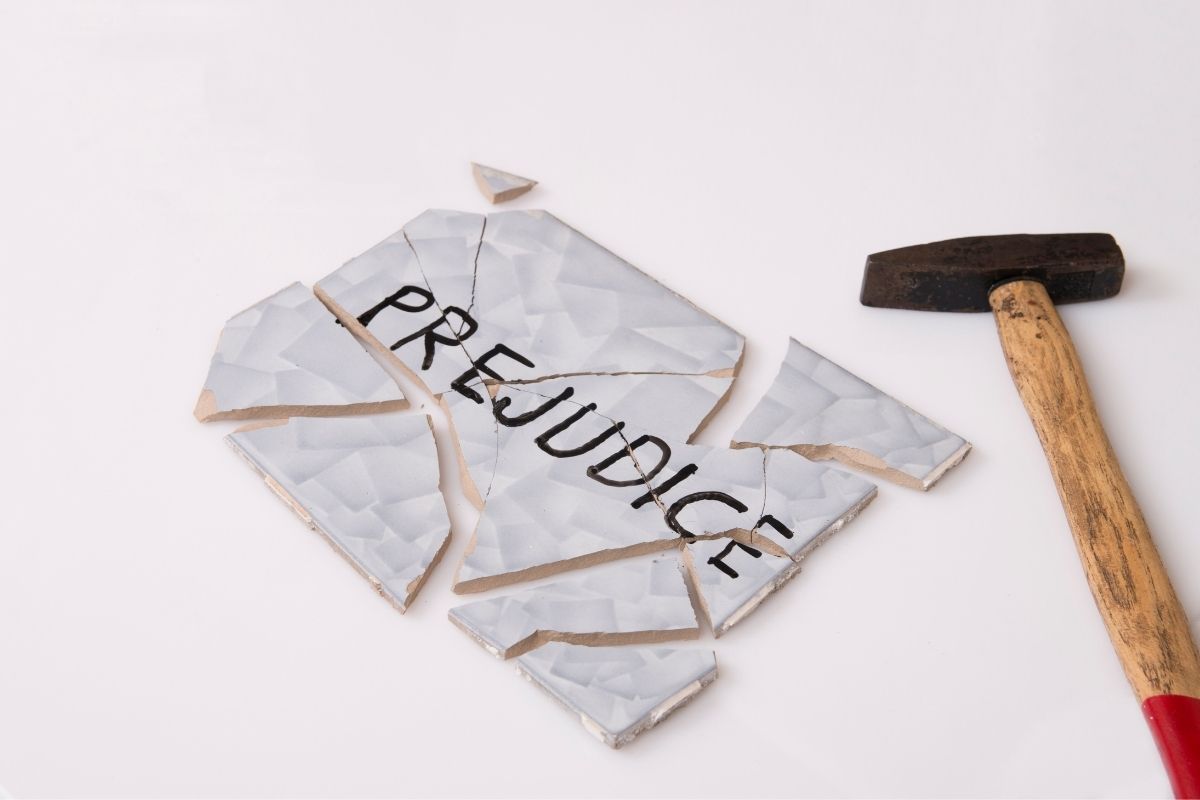How to Say and Show Respect in Different Ways
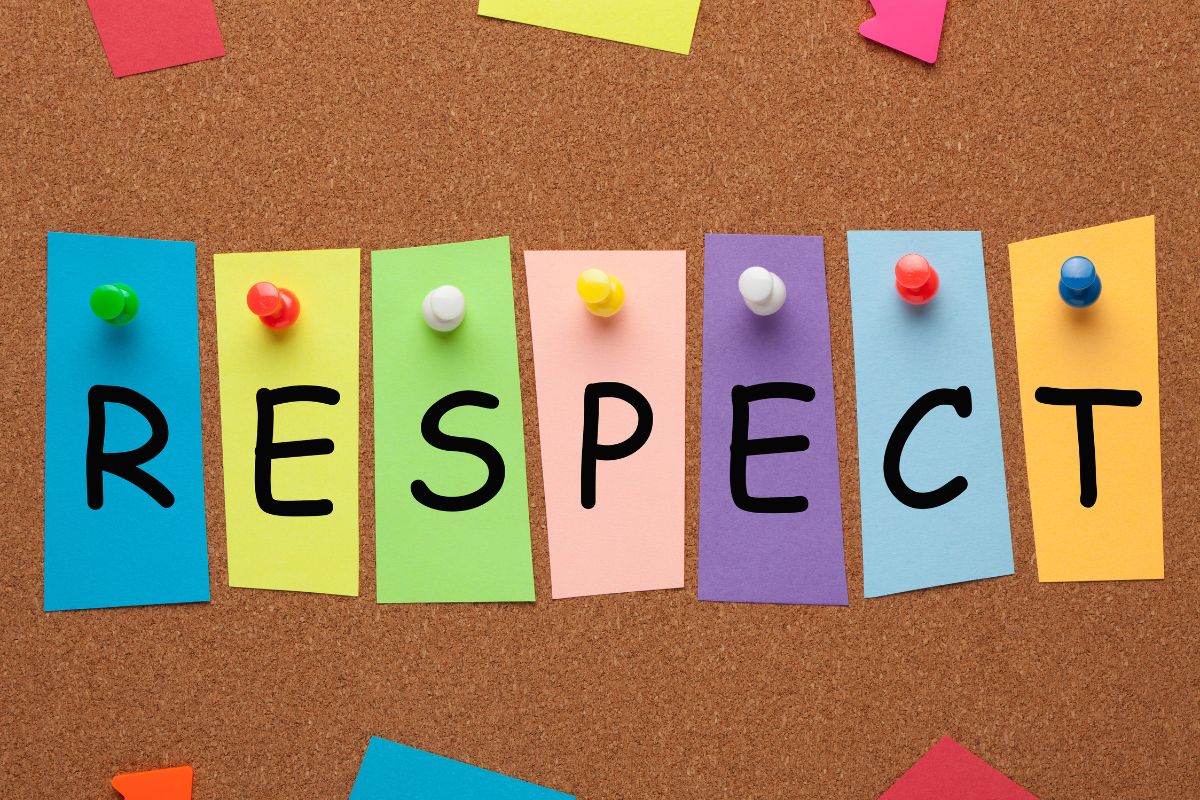
I would like to dedicate this article to the memory of my maternal grandmother Bernice Lefkowitz. She passed away before the new year began. I am very fortunate to have known her in my life. I didn’t meet her until I was 10, but she had a big impact on my life. My parents divorced when I was 10. Now I am a pretty calm person but as a child I was so angry. One time, I was disrespectful to my grandmother and she made me miss a basketball game in 5th grade. I was sure I could never forgive her. Over time, I realized she made the right choice. I learned how important respect is.
My grandmother always loved that song “Respect” by Aretha Franklin. I was thinking about how influential that has been in my educational philosophy. Respect is a two way street. Educating students about what respect is and giving them chances to practice skills for mastery of physical education content has yielded many amazing discoveries. Students are going out of their way to help and assist each other. This can take the form of making sure each child gets a turn, using kind words for praise and showing peers how to do a skill correctly. All classrooms need to be safe spaces. This year, I have taken that a step further and created a “Brave Space.” Using the “Brave Space” philosophy has been beneficial because it allows students to use their voices in ways they know best.
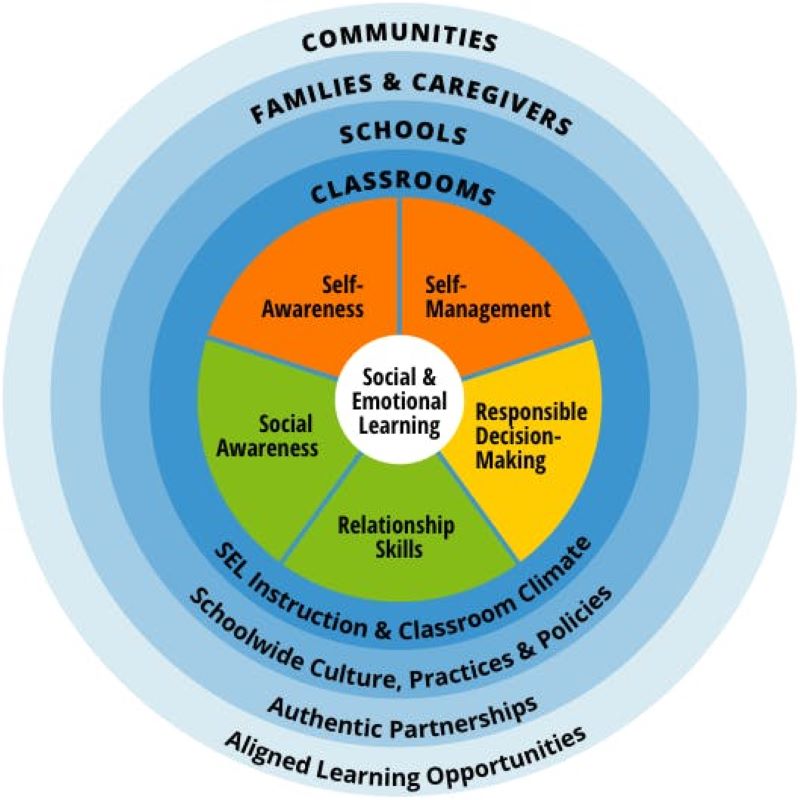
“Wait, Jim!” you’re probably thinking. “How does Brave Space connect to equity, SEL and student voice?” A Brave Space is a classroom environment that acknowledges the challenges that both students and faculty have when attempting to have discussion around difficult and/or sensitive topics such as race, power, privilege and the various forms of oppression for the purpose of learning. Brave Spaces are created when both students and faculty commit to actively engaging in the 6 Pillars of a Brave Space. According to CASEL.org “SEL is the process through which all young people and adults acquire and apply the knowledge, skills, and attitudes to develop healthy identities, manage emotions and achieve personal and collective goals, feel and show empathy for others, establish and maintain supportive relationships, and make responsible and caring decisions.” When students have access to all kinds of opportunities, you never know what they’re going to like and want to pursue. You can appeal to all interests.
That being said, is it really just enough to provide the opportunity to let students use their voices? Some may be English language learners or don’t have the means to express themselves verbally. If our goal is equity, it has to be sustainable and consistent for all learners. In a physical education setting, students often express themselves through play, movement and exercise. My goal this year is to have students use appropriate vocabulary as well as write and verbalize answers to questions. As I started thinking about RESPECT (find out what it means to me), I want students to listen to me as I would listen to them. I feel that the golden rule is especially applicable here. Treat students the way you would like to be treated. Children sometimes shutdown or feel disrespected because of classroom rules and expectations. A goal for all classrooms is to incorporate student choice. Students have the right to use their voice. I was reflecting on the fact: Am I really hearing what they’re saying?
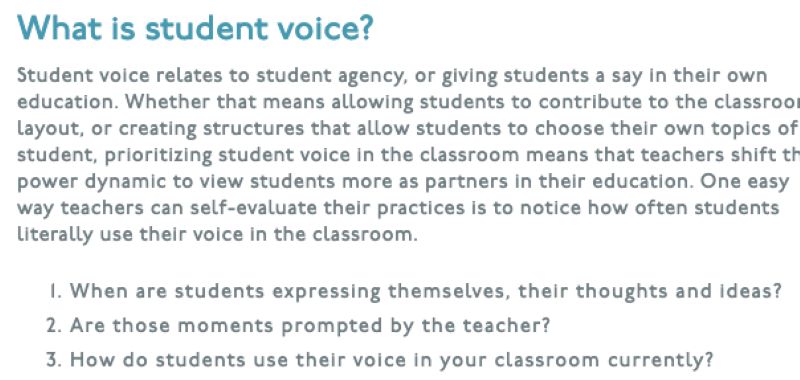
As a teacher, think of the times students say, “Can I help?” This is a kind gesture and oftentimes we decline it because we don’t usually need the help. Have you heard of the 5 Love Languages? This would fall under the category Acts Of Service. “Different people with different personalities give and receive love in different ways,” (5Lovelanguages.com) I’ve spent all this time setting up a classroom designed to encourage students to express themselves and use their voice to ensure they are heard and have an impact in their own learning. For the students who thrive and do best with a simple act of helping others, we’re doing a disservice. They are using their voice in their own unique way. And we’re just not listening.
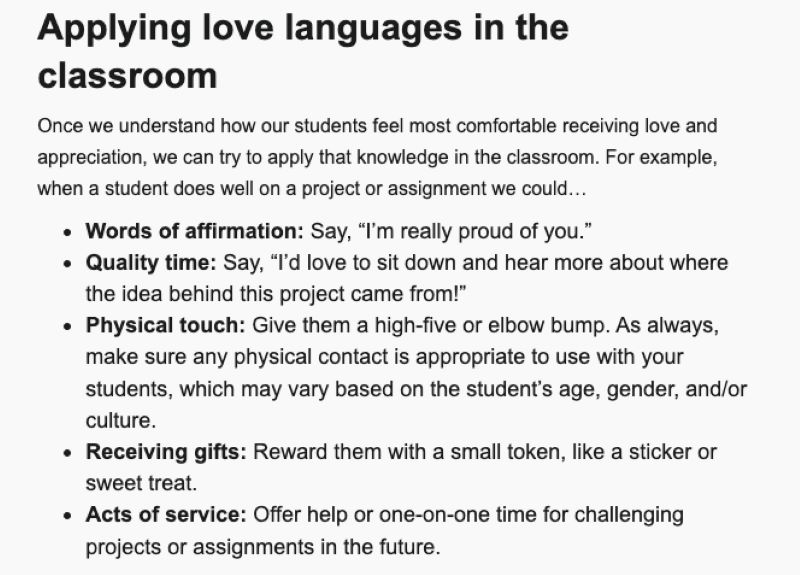
Consider Maslow’s Hierarchy of Needs. Feeling a sense of connection is a basic human need. Consider the old saying: You can bring a horse to water, but you can’t make it drink it. We assume that the horse was thirsty or maybe it doesn’t drink it because the water is dirty. Semantics, but let’s look at how we can apply this to our daily lives.
Look at my results. My first category is Quality Time. And if you read in the description: “full undivided attention”. Are you the type of person who gets upset when someone is slightly distracted when you’re talking to someone? This could be why. This doesn’t justify letting students talk and be distracting. If someone is actively listening, but maybe not looking at you, is that enough to warrant a response and think “is this person being disrespectful?” Knowledge like this is useful because it helps you to understand how YOU act. We want students to think and act critically. Shouldn’t we know how we do that as well? Each person has their own triggers in relationships and in the classroom. It is important to realize what our triggers are and how to work around those to meet the needs of all learners.
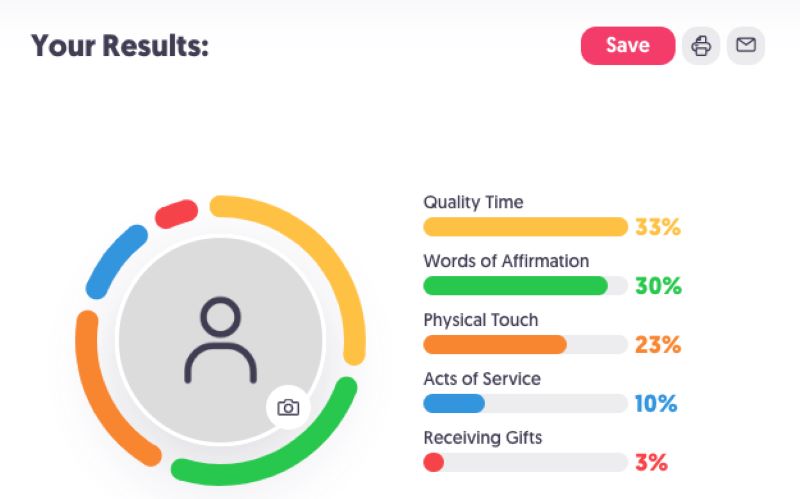
My second category was Words Of Affirmation. Sometimes after a hard day, a simple “Way to go Jim!” can make me smile big. Words Of Affirmation are more effective when you acknowledge what someone is doing AND why they are doing it. Don’t just say: “wow, great job!” or “I’m impressed.” These are vague and the second saying could be interpreted that you didn’t believe in them in the first place. Try: “I notice you’re having a lot of success using that jump shot technique we learned in class today.” Knowing what you would appreciate in this situation also can help you understand how someone positively or adversely receives your feedback.
It all starts with the teacher, I believe. Try phrases like this: can you fix the problem or do you need my help? At times I’ll even say give someone a chance to make the best choice. If you treat someone like they are unsure but in reality they have a lot of confidence and knowledge about what they are doing this could be offensive. You offer help but the student does not need it. This can make the child doubt themselves. This brings us back to questioning students and allowing student voice.
I love the resource Comchi. It’s created by my good friend Bo Shappell. On one side is a nature picture and the other a prompt and a color. There are so many ways to use the cards. From light to vigorous levels of activity and community building. Early this year, we played it such that one player held the card facing away from them and the others had to give clues to guess it. Students absolutely loved it and they learned to respect each other, me and the community of the classroom from a game such as that. All students participated and needed to be heard.
Aretha Franklin spells out what respect means to her and I hope these ideas I presented assist you in creating an environment of respect in your classroom.
edited by Katherine Hambel
This article is available and can be accessed in Spanish here.
Prioritizing Mindsets: What New York State’s Culturally Responsive-Sustaining Education Framework Gets Right (2019) PAMELA D’ANDREA MARTÍNEZ AND EVAN M. JOHNSTON Retrieved from
Culturally Responsive-Sustaining Education Multiple Authors Retrieved from http://www.nysed.gov/common/nysed/files/programs/crs/culturally-responsive-sustaining-education-framework.pdf
How to apply love languages in the classroom. Retrieved from https://blog.everydayspeech.com/blog-posts/general/love-languages-for-kids
Why is student voice important in education? Retrieved from https://www.movethisworld.com/classroom-resources/why-is-student-voice-important-in-education/







